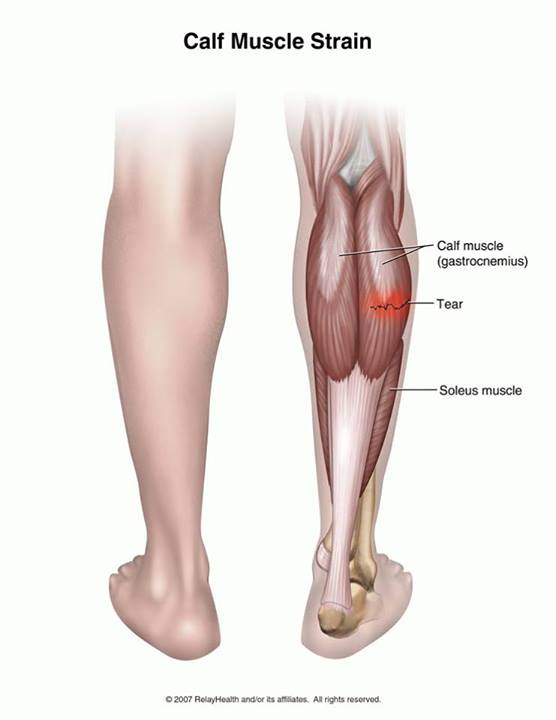Preserve Youth

High-Intensity Aerobic Training, Helps Preserve Youth
Highlights
- All types of training including high-intensity aerobic interval training (HIIT), resistance training (RT) and combined training (CT) help improve heart health, insulin sensitivity and body mass.
- But HIIT reverses the process of aging in older adults by synthesizing new proteins, which is mainly responsible for enhanced mitochondrial function in skeletal muscles.
- In order to achieve significant muscle strength, adding resistance training at regular intervals is important.
Among the older older, over 65 years of age, high-intensity aerobic training helps to reverse the process of aging.
The study by Mayo Clinic says that high-intensity aerobic exercise can reverse some cellular aspects of aging in the mitochondria which are the ‘power-house’ of the cells. As the body ages there is a decline in mitochondrial content and function.
High-intensity aerobic interval training (HIIT) involves repeating short bouts of activity at near-maximal intensity, which rapidly and robustly increases aerobic capacity, mitochondrial respiration, and insulin sensitivity in young people.
Resistance training (RT) reverses loss skeletal muscle mass and strength and enhanced synthesis rates of muscle proteins.
Combined training (CT) offers combined many benefits of both aerobic and resistance training.
All types of training helped to improve cardio-respiratory health, muscle mass and insulin sensitivity.
The aim of the study was to develop exercise recommendations for individuals at various age groups.
Researchers tracked metabolic and molecular changes in a group of young and older adults over 12 weeks of aerobic training (using HIIT), RT, and 12 weeks of a inactivity followed by CT of moderate-intensity aerobic plus resistance training.
The data was gathered 72 hours after individuals in randomized groups completed each type of exercise.
On comparing high-intensity interval training, resistance training and combined training researchers found that only high-intensity and combined training improved aerobic capacity and reversed the decline mitochondrial function in skeletal muscles.
- In older adults, high-intensity intervals training helped to improve skeletal muscle protein expression with maximum effect that:
- Increased energy
- Helped in muscle enlargement
- High-intensity training reversed some manifestations of aging in the body’s protein function by enhancing the ribosomal proteins responsible for making new proteins.
This contributes to protein synthesis which is responsible for improving mitochondrial function. But to achieve significant muscle strength, adding resistance training a couple of days a week is important
“We encourage everyone to exercise regularly, but the take-home message for aging adults that supervised high-intensity training is probably best, because, both metabolically and at the molecular level, it confers the most benefits,” says K. Sreekumaran Nair, M.D., Ph.D., a Mayo Clinic endocrinologist and senior researcher on the study.
The findings appear in Cell Metabolism.
Reference
Sreekumaran Nair et al. Enhanced Protein Translation Underlies Improved Metabolic and Physical Adaptations to Different Exercise Training Modes in Young and Old Humans. Cell Metabolism; (2017) doi.org/10.1016/j.cmet.2017.02.009











